JRA scoops third national newspaper HQ refurb
John Robertson Architects’ plans to refurbish the Daily Mail’s former headquarters have been approved by the City of London Corporation.
The Northcliffe House project is the practice’s third listed ex-newspaper office in the City, following its refurbishment of the Daily Express building on Fleet Street in 2000 and its work to return the Financial Times to its Bracken House home in 2018.
The latest scheme will add new storeys to the 1926 art deco building south of Fleet Street which once housed the Mail and its printing presses until its move to Kensington in the late 1980s.
It provides additional office space on the upper three floors, creating around 9,000sq ft of new roof terraces, a redesigned lobby, a reconfigured internal atrium linked to the reception with break-out areas and a café, as well as significantly improved office space.
The proposed office additions at levels five and six are progressively set back, creating three south-facing landscaped roof terraces which link with an existing terrace above Bouverie and Whitefriars streets. They wrap around the southern façade and incorporate the corner turret above Tudor Street.
JRA founding director John Robertson said the design was mindful of both the building’s links to the newspaper industry and its birth in the “roaring twenties”, a decade of rapid growth in engineering and industrial design.
He added: “We plan to build on the post-industrial history of the building by exposing the structural steel frame and by designing ceiling rafts with semi-exposed services on the office floors to give character and volume to the interior design.”
Northcliffe House was designed by Ellis & Clarke using a cast steel frame, concrete and Portland cement cladding. Neo-Egyptian decorative features were incorporated including a fluted, coved cornice. It was one of the first newspaper buildings in Britain to incorporate modern printing technology, with presses imported from the USA. Floor-to-ceiling, galvanised steel Crittal windows between the first and second floors maximised natural light for the typesetters and compositors.
The building previously underwent major redevelopment between 1999 and 2001, with only the facade surviving.
Work is expected to start next month and to complete by the end of 2022.









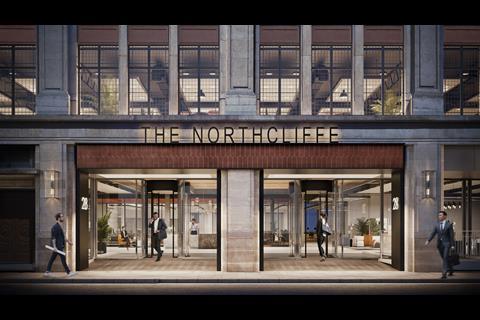
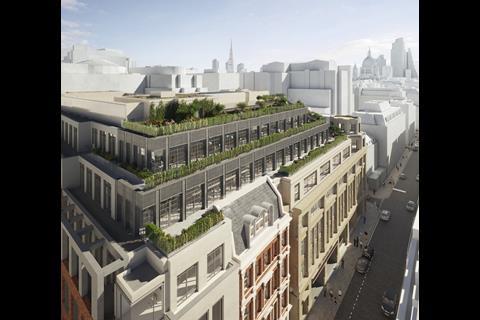
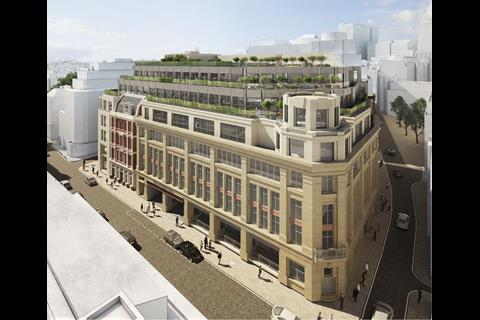
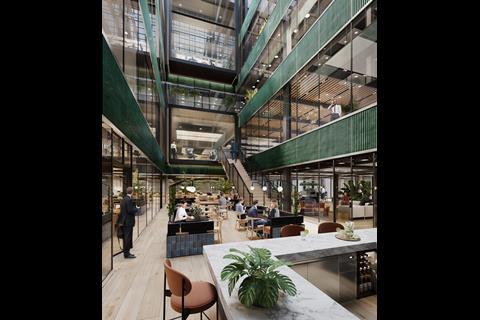

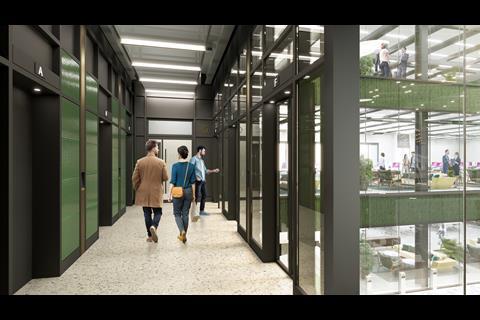
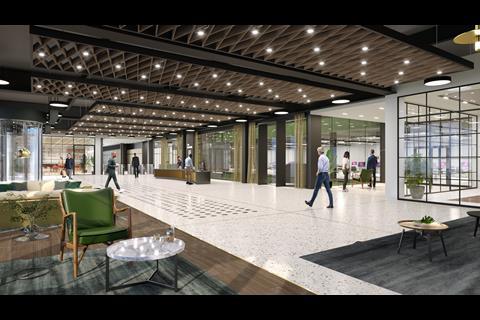
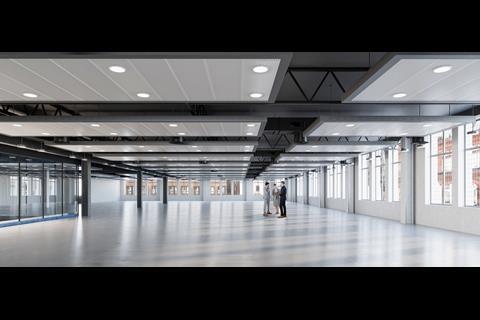
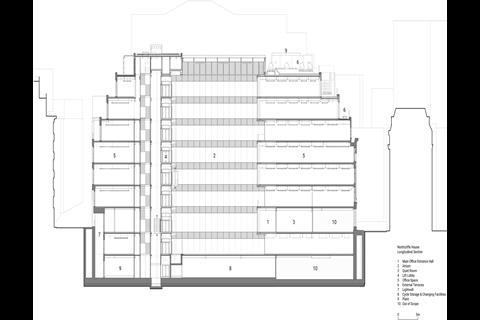
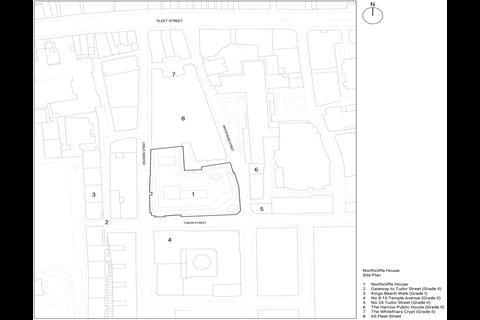
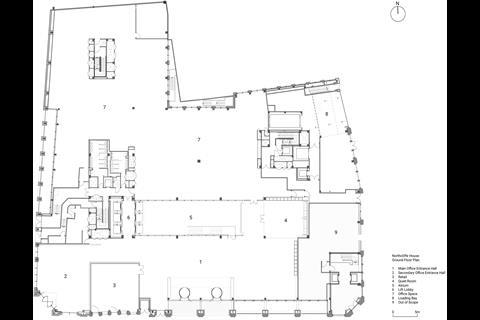
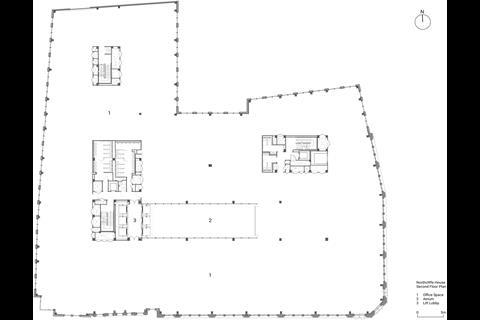








No comments yet